Menopause literally affects half the population of the planet. By 2025, it is expected to include over one billion women.
Hot flushes are one of the most common symptoms during menopause. Hot flashes are intense, fever-like conditions in which the woman is overwhelmed by heat, sweating and considerable discomfort.
But hot flashes are far from the only problem. Menopausal women experience more than 35 symptoms. Depression, insomnia, memory loss, concentration problems, weight change, skin irritation and hair loss are some of them.
Stigma
Menopause is stigmatized, which is why we rarely discuss the subject in public. But a number of companies, including this author’s company, Kintsugi Design, have embarked on developing technology that can solve some of the problems.
Here are five examples of tech designed for women suffering through menopause.
Grace
Grace is a wearable placed on the wrist. The bracelet is designed to cool a person experiencing a hot flash. Grace measures the body temperature and begins to cool the user before the hot flash starts. This is done from a cooling patch placed on the skin.
Grace is still in development.
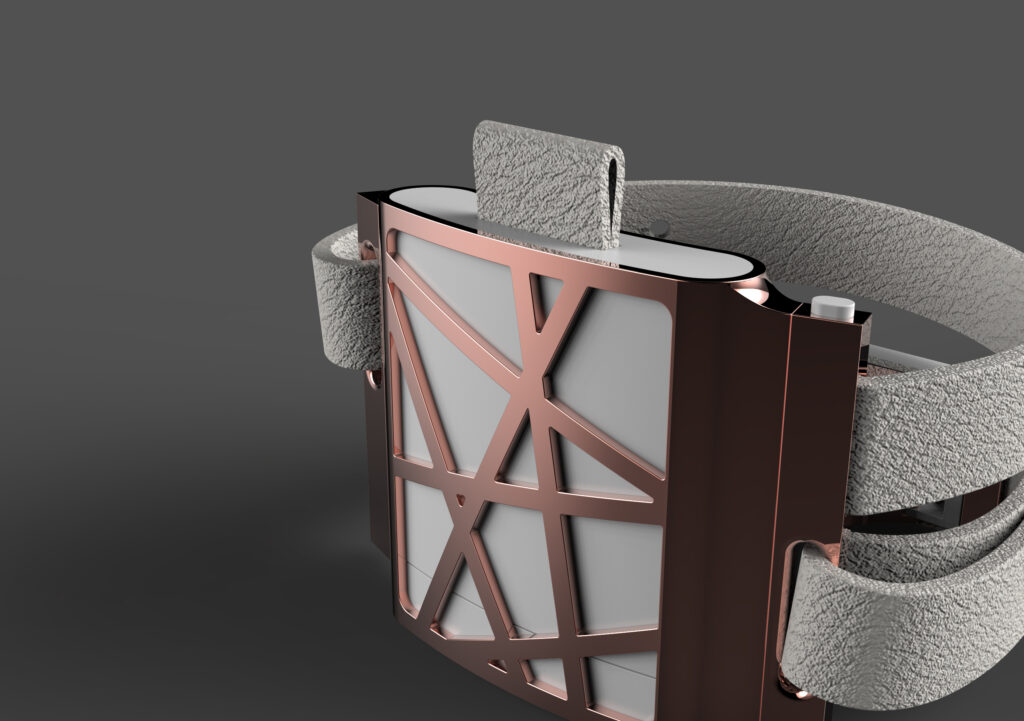
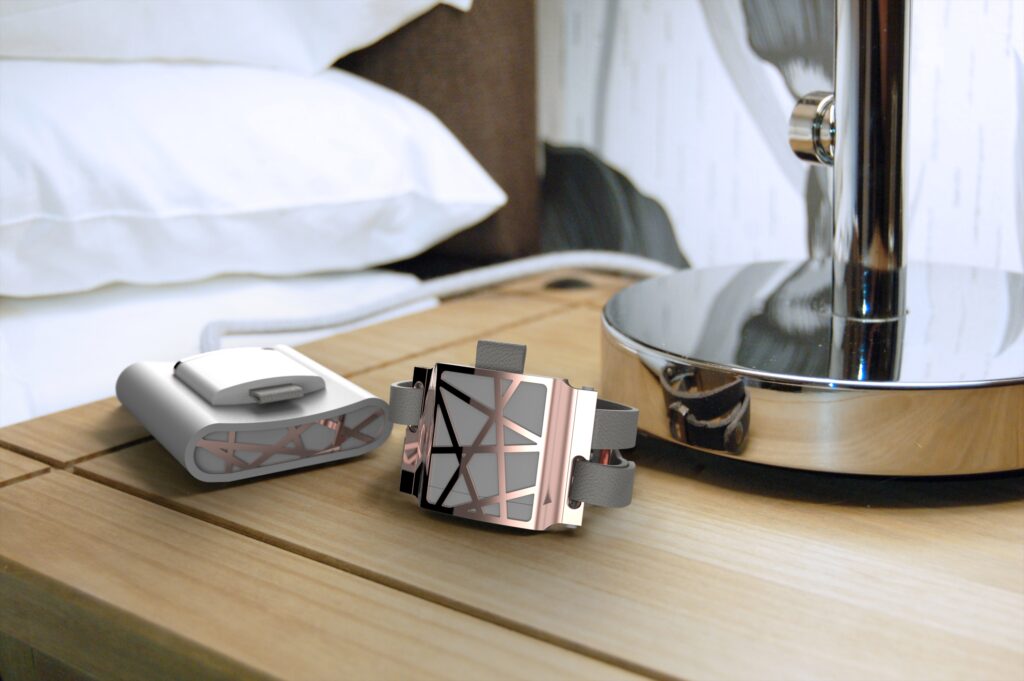
The Menopause Ring
Menopausal wearables also include the Menopause Ring. The Menopause Ring measures heart rate and temperature, helping the wearer to understand the patterns of their hot flashes. The ring collects data in order to answer questions such as
- when do i experience the worst hot flashes?
- how do my hot flashes change with room temperature?
- has training last week reduced the severity of my hot flashes?
The Menopause Ring is still in development.
Menopod
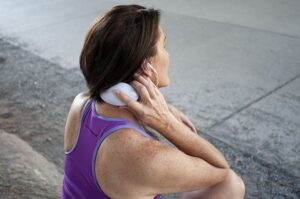
Menopod is also a device that can cool you down during a hot flash. Unlike the first two examples, Menopod is not worn on the body but easily transportable.
Menopod is applied to the skin and cools almost immediately to 5 ° C, which provides relief during a hot flash.
Moona
Moona is a cooling pillow featuring water cooling whose temperature is set based on pre-set temperature profiles via an app. The water is sent into the pillow via a device that can be placed on the bedside table.
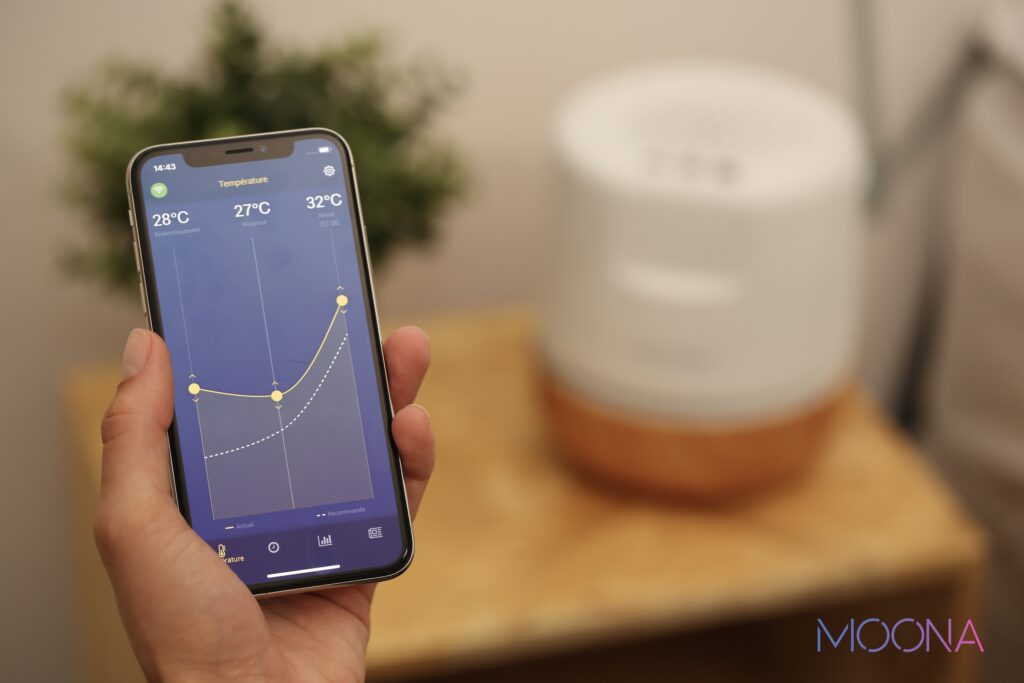
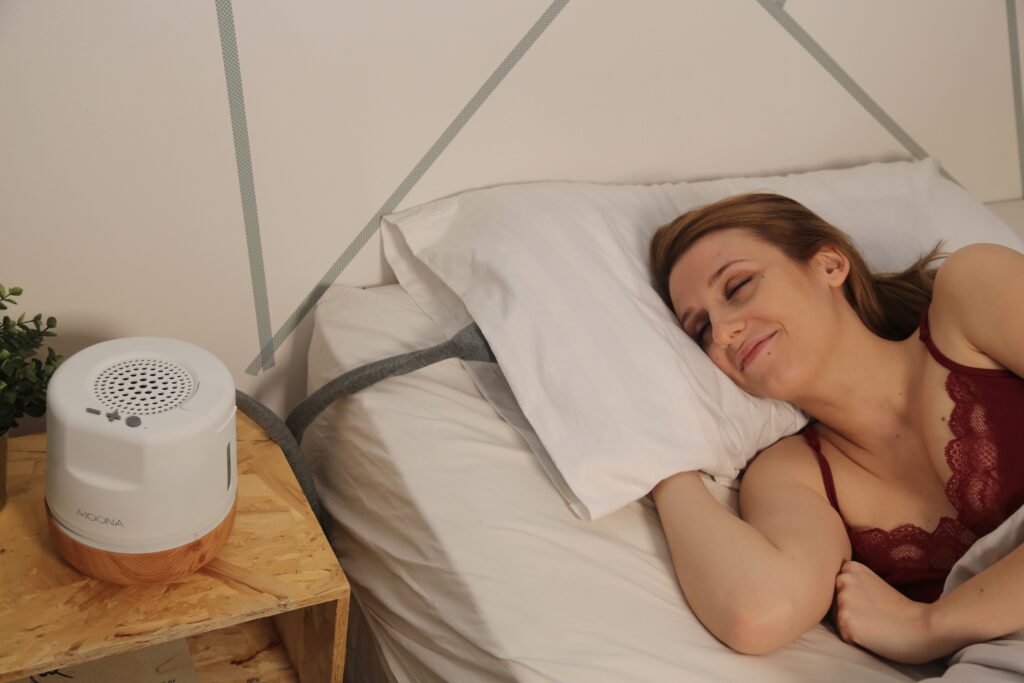
Q-strip
Finally, there are prototypes such as Q-Strip, which are also aimed at hot flushes. Q-Strip is a strip of material that lays on the bed and measures nocturnal sweating to gain insights without being intrusive.
The future
As this overview demonstrates, the main focus is on hot flashes, as it is the only tangible symptom of menopause. But there is also reason to work on the other 34 symptoms.
5 questions to ask before you buy a wearable
The question becomes, which technologies might be used to help alleviate the suffering of menopausal women?
Apps for tracking symptoms exist and are being developed, such as https://lisahealth.com/ but in this new world of wearables, devices, and bio-hacking, we hope to see more devices dedicated to helping women and their families through this difficult transition.
We are starting to adopt more devices such as smart watches, fitness bands, or health gadgets on a daily basis, but there are also more complex technologies such as insulin monitors for diabetics where one can track blood glucose, or EEG monitors, we can track brain waves for meditation and mindfulness.
Symptom tracking apps are already under development here at Lisa Health, among others, but in this new world of wearable tech, more devices will hopefully be dedicated to helping women and their families through menopause.
Vanessa Julia Carpenter is the Founder of Kintsugi Design, a technology and design studio specializing in prototyping, whose focus this year is in developing new menopause devices which go beyond hot flashes.
Read more
Designing Interactive Technological Interventions for Menopausal Women

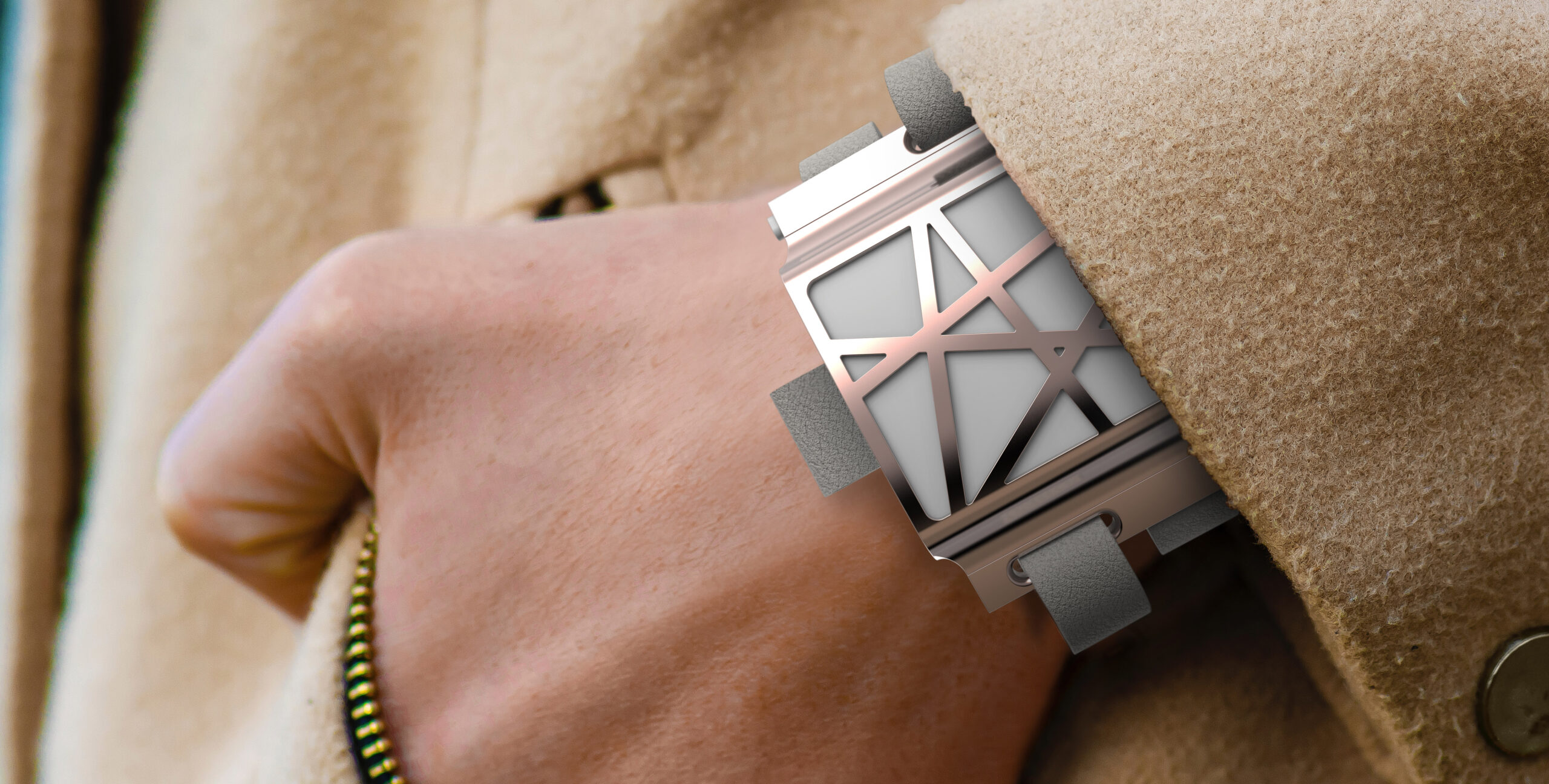

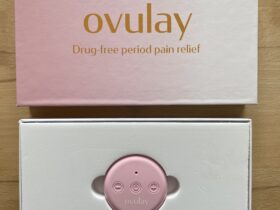









Follow us on social media